
World
13:09, 01-Nov-2018
US Midterms: Social media battle, history give Democrats an edge
Updated
12:13, 04-Nov-2018
By Abhishek G Bhaya
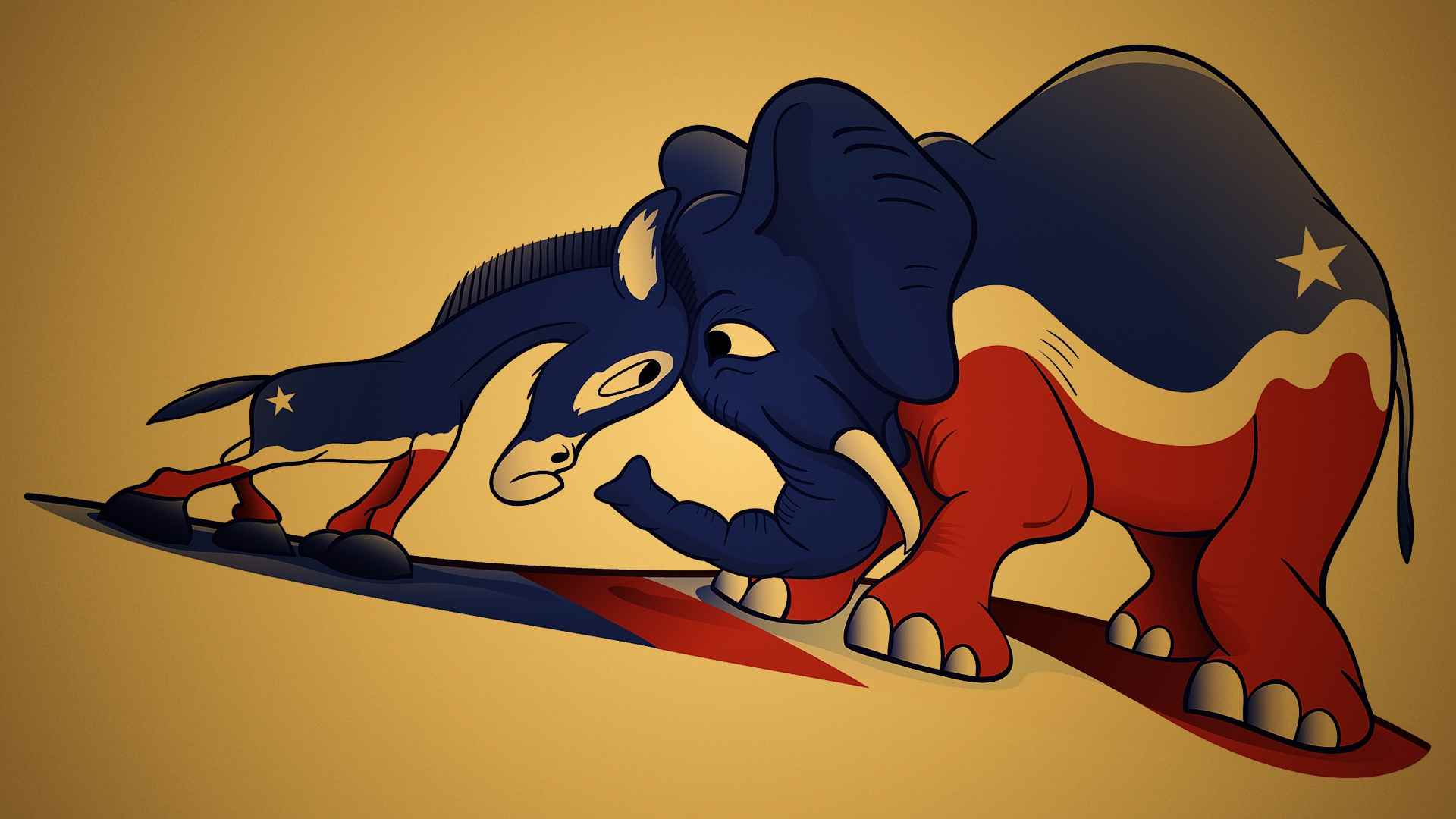
With the US midterm elections just around the corner, Democrats appear to have taken a decisive lead as far as campaigning on various social media platforms go, latest analysis shows. Also, the fact that the president's party has historically performed poorly in the midterms may indicate that the donkey may just have an extra edge over the elephant as the Americans cast their ballots on November 6.
Social media has emerged as a major campaigning tool in the US elections over the last decade. Both Barack Obama and Donald Trump rode on their popularity on social media to election victories. With the stakes increasing online, a recent analysis of Facebook and Instagram interactions by The New York Times (NYT) gave a clear lead to the Democrats in the social media battle.
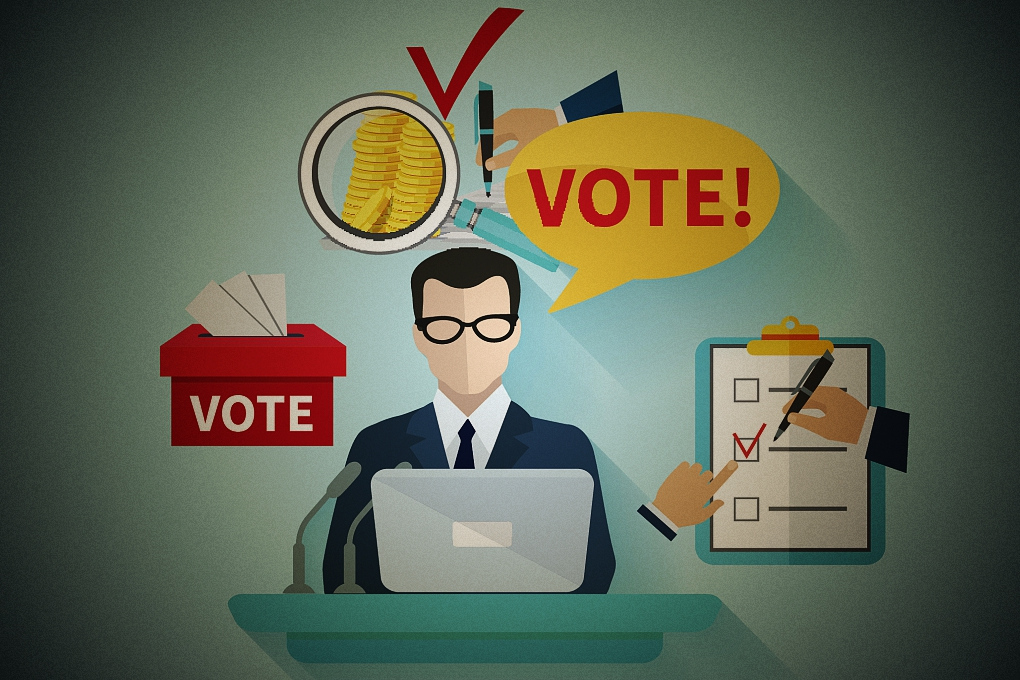
VCG Photo
VCG Photo
The analysis involved scanning over 53,000 posts and more that 1,100 accounts on both Facebook and Instagram for 30 days leading up to October 15.
"Analysis of data from the Facebook and Instagram accounts of hundreds of candidates… reveals that Democrats – and especially Democrats running for House seats – enjoy a sizable national lead in engagement on the two influential platforms," the daily said.
Democrats led by a substantial margin when it came to likes, comments and shares on both networks during that period. The data however also showed that Republicans were more successful on Facebook than Instagram but they remained behind their Democrat opponents in terms of interactions.
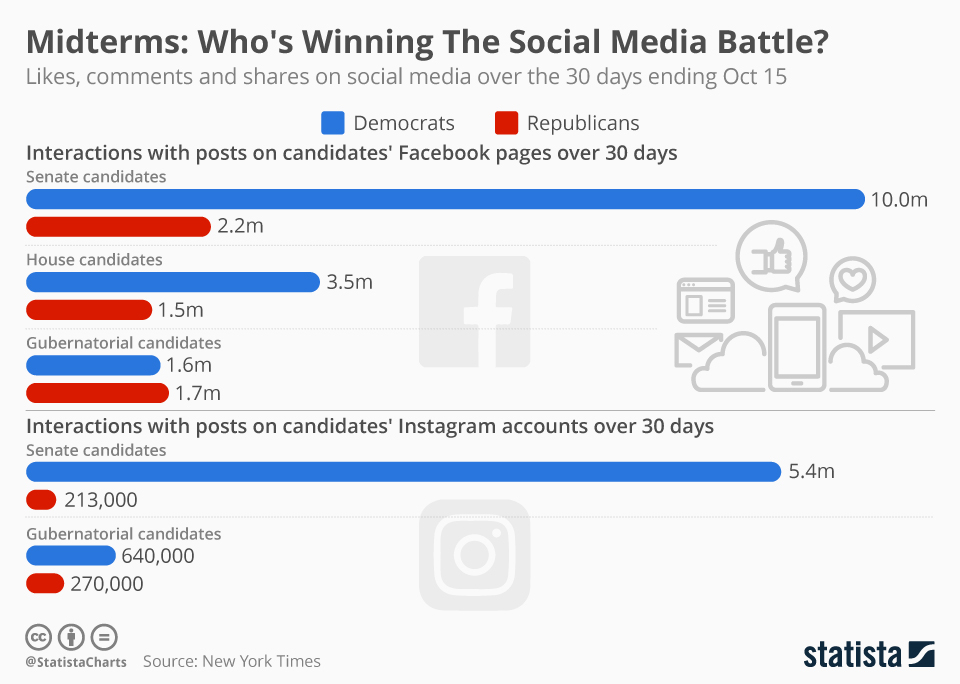
For instance on Facebook, Democratic Senate candidates had 10 million interactions, nearly five times more than the Republicans' 2.2 million. Democrat House candidates had more than double the number of interactions at 3.5 million compared to the 1.5 million for the Republicans. In the only good news for the Republicans, their governor candidates were just marginally ahead with 1.7 million interactions against 1.6 million for their Democrat rivals.
On Instagram, Democrats stretched their leads to both Senate and Gubernatorial candidates. While the Republicans only managed a miniscule 213,000 interactions for their Senate candidates, Democrats had a formidable 5.4 million interactions. The race for the governor positions were tighter with Democrats still ahead with 640,000 interactions against the 270,000 for Republicans
Despite the decisive victory for the Democrats in the social media battle against their rivals, analysts say it may still not lead to a blue wave in the midterms.
"The bulk of the interactions on both social networks happened on the pages of a handful of high-profile candidates, some of whom are running uncontested," online database firm Statista stated while analyzing the NYT data.
"For example, Bernie Sanders had six million interactions over those 30 days while Beto O'Rourke had 1.6 million and Elizabeth Warren had 940,000. Those three candidates accounted for 86 percent of all Facebook interactions among Senate candidates," it concluded.
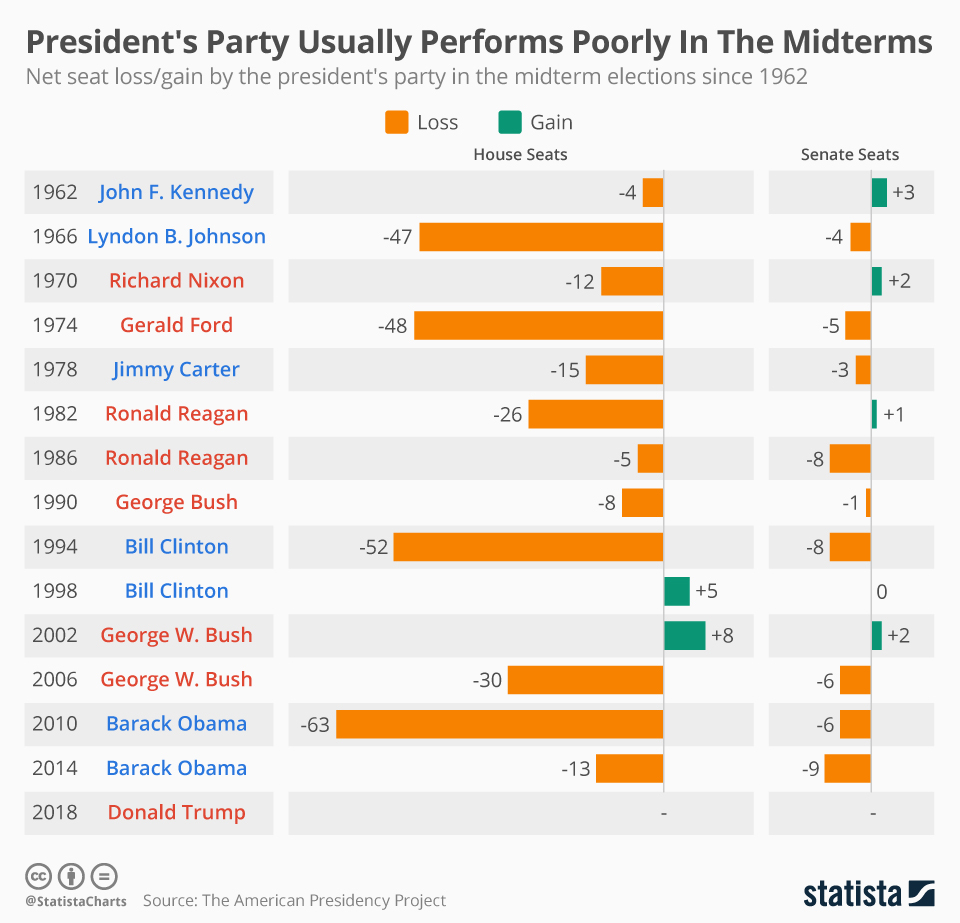
While the social media battle is lost for the Republicans, what makes matters worse for the Grand Old Party (GOP) is that even the history of midterm elections is stacked against the sitting-president's party since the Roosevelt era.
According to data from the American Presidency Project, since 1946, the party controlling the White House has lost 25 House seats on average in the midterms. Only two US presidents have seen their party gain House seats according to the data – Bill Clinton in 1998 and George W. Bush in 2002.
Despite US President Donald Trump's optimism about the GOP's prospects in the midterms – he told reporters last month he expects a lot of Democrat voters to support Republican candidates in the polls – history points to the contrary.
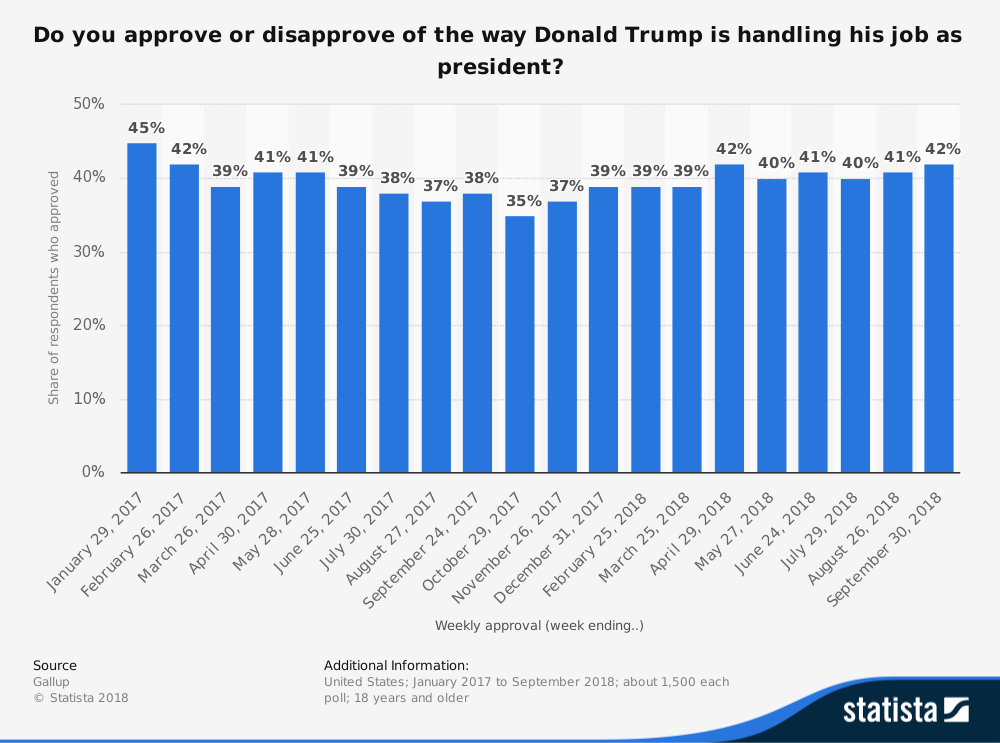
According to Gallup's polling history, presidents with an approval rating below 50 percent have seen their party lose 37 House seats on average while presidents with a 50 percent or higher approval rating have lost 14 on average. In September – a little over a month before the midterms – Trump's approval rating was around 42.
Polls conducted by a range of organizations over the last month nearly unanimously indicate a Democrat victory in the forthcoming midterm elections.
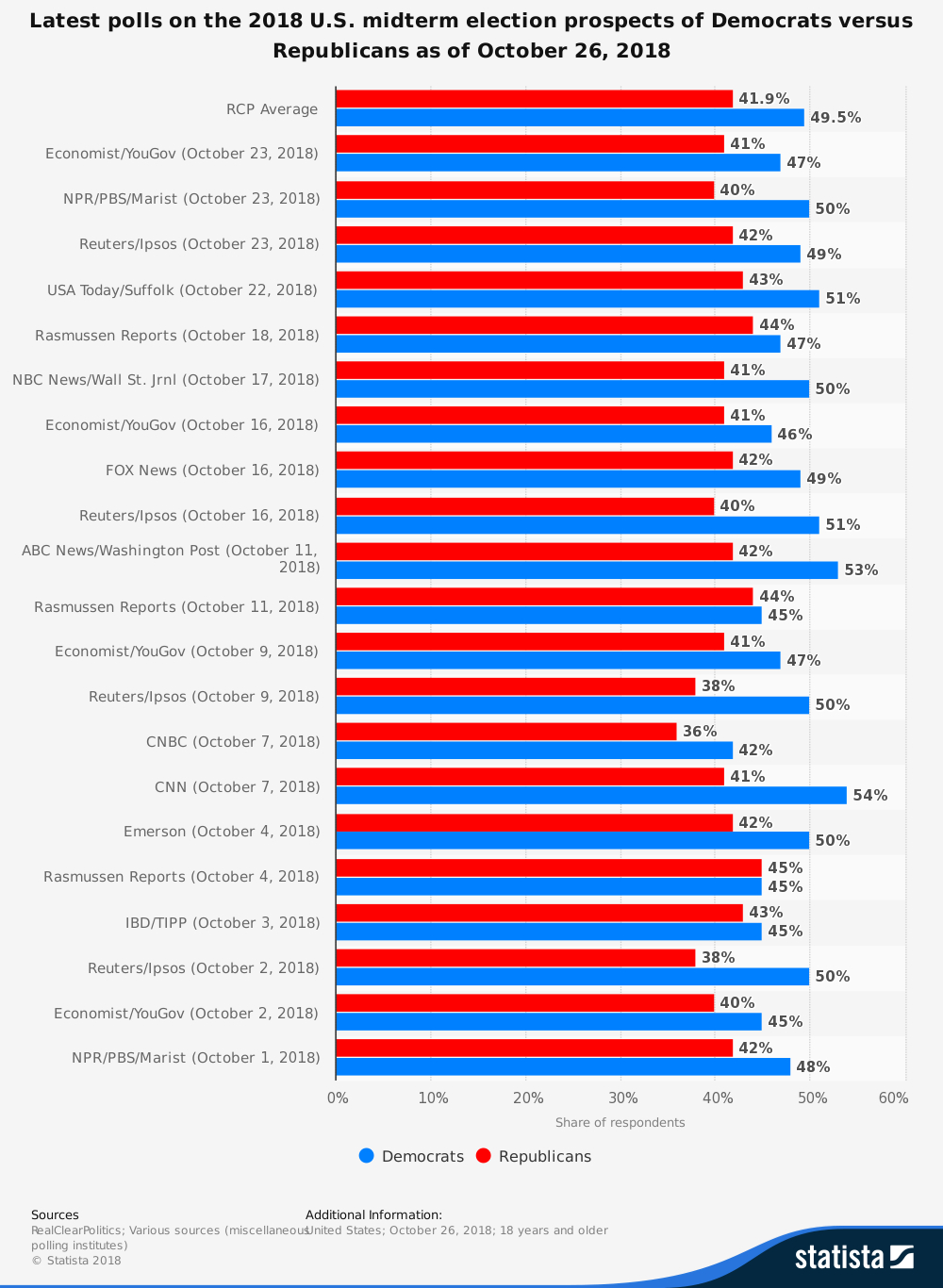
Analysts cite many reasons for the traditional poor performance from the president's party in the midterms and it doesn't always involve performance or legislative decisions.
"Lack of interest certainly plays a role given that supporters of the president's party are usually satisfied that their favored candidate is in the White House. Given that, they tend to turn out in lower numbers while supporters of the opposition are more energetic and motivated to head out and vote," according to Statista.
"The trend shows why the president's first 100 days is vital when it comes to pushing key legislation through. After the first midterm, the political landscape can change completely and that makes the pursuit of major legislation difficult and in many cases impossible," it further elucidated.
(Cover /VCG Photo)
11159km

SITEMAP
Copyright © 2018 CGTN. Beijing ICP prepared NO.16065310-3
Copyright © 2018 CGTN. Beijing ICP prepared NO.16065310-3